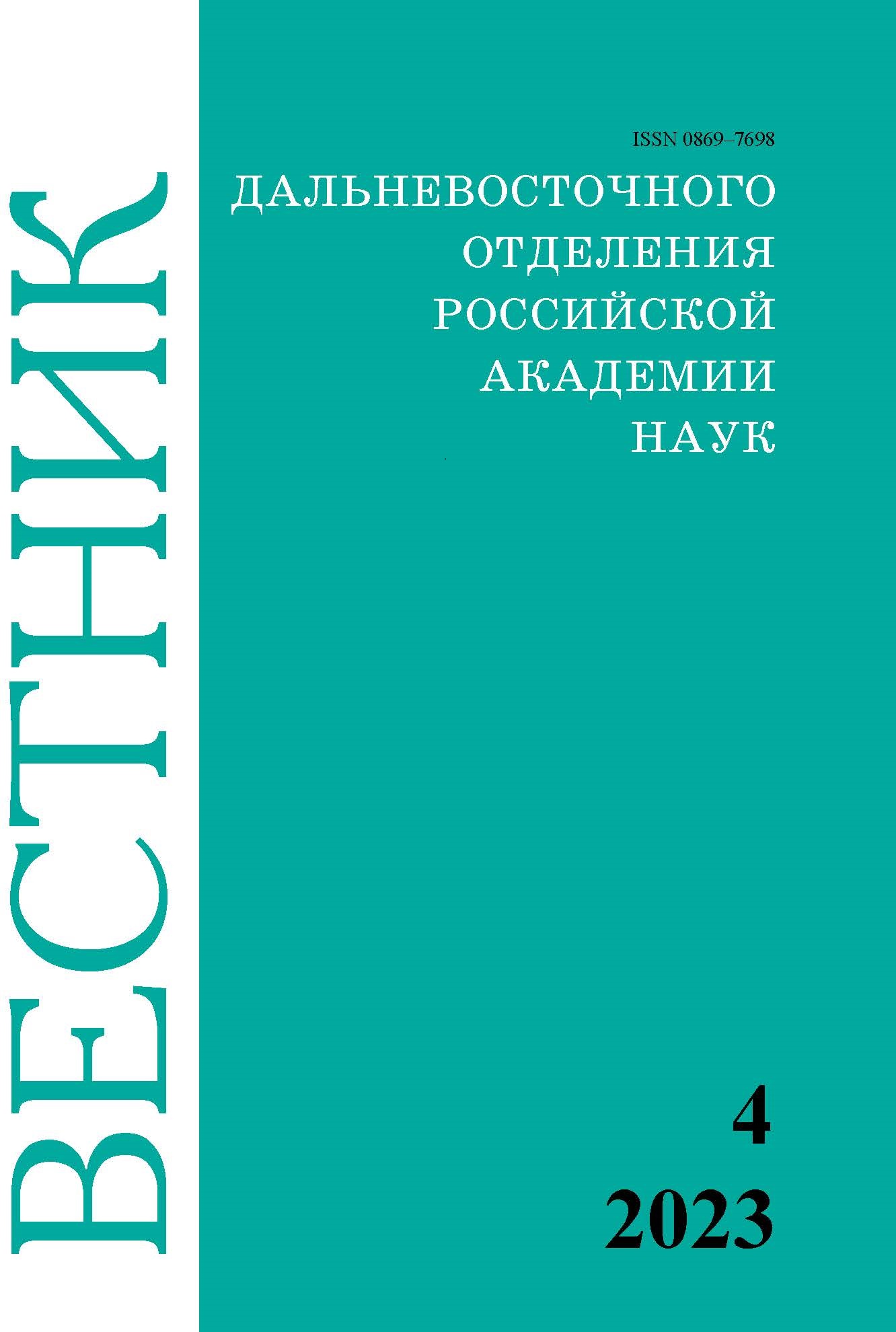The Archean atmosphere impact on the formation of volcanogenic-sedimentary sulfide ores (based on sulfur multi-isotope composition)
Keywords:
sulfur isotopes, mass-independent fractionation, pyrite, biological sulfate reduction, Mesoarchean, Karelian CratonAbstract
Sulfide ores of the Mesoarchean volcanic-sedimentary deposit “Zolotye porogi” located in the Karelian Craton on Fennoscandian Shield are the subject of this study. Sulfur stable isotope (34S/33S/32S) ratio analysis using local laser revealed that the deposit sulfides contain mass-independent fractionated sulfur. Negative ∆33S values of these sulfides in this deposit clearly suggest the involvement of photolytic atmospheric sulfur in mineralization. The wide range of ∆33S (from –0.16 to –1.45 ‰) and δ34S (from −13.3 to +3.8 ‰) values indicate the participa- tion of photolytic sulfate sulfur in mineralization processes through bacterial sulfate reduction. The presence of sulfides with significant Δ33S negative anomalies implies that atmospheric sulfur and seawater sulfate, but not volcanic sulfur, were the prevailing source for the mineral systems of the studied deposit. These data also show the influence of microbial processes on the formation of volcanic-sedimentary sulfide ores in the Mesoarchean.


